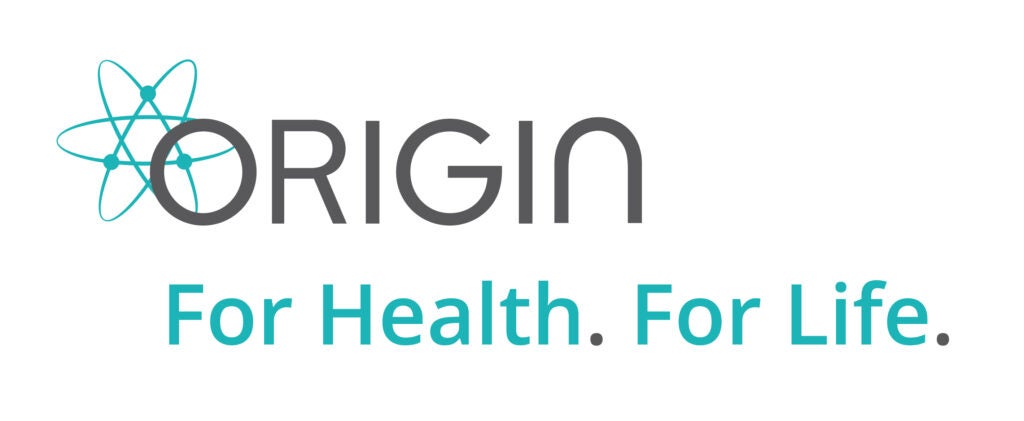
GSK, Bristol-Myers Squibb, Novartis and AstraZeneca to name but a few are investing billions of dollars in biologics to have prime mover advantage in a market forecast to be worth nearly $480bn by 2024.
It is clear that biologics are the future of medicine based on their proven ability to treat major chronic diseases better than existing alternatives. Combined with an ageing population, this is driving exponential growth in the global biological drugs market.
However, biologics aren’t exactly new. Evidence exists suggesting that the Chinese first developed smallpox inoculations as early as 1,000 CE. Fast forward to today and the science has become dramatically more sophisticated. Efforts are even underway to manufacture biopharmaceutical proteins in plants.
This all sounds extremely promising, but the rapid rise of biologics has thrown up huge challenges for packaging to deliver safe and effective products. If these aren’t overcome, we risk halting progress on these groundbreaking new treatments and ultimately, put health outcomes at risk.
Eliminating contaminants
Therapeutic proteins are very different from traditional small-molecule medicines. Essentially, biologics are nano-machines that function depending on their molecular shape and delicate structure.
Degradation during transport, storage and usage is a large concern. Proteins are very sensitive to metal ions, so a crucial issue that must be taken into account is the accumulation of leachables from metal ions found in glass, plastics and rubber.
The current reliance on polyethylenes, polypropylenes and polycarbonates in pharmaceutical packaging mean that stakeholders will fail to meet the future efficacy requirements for safe and effective biologic products.
Enter fluoropolymers, which product design engineers can now cost-effectively use and maximise its material benefits, due to the elimination of injection-moulding limitations. Being chemically inert, fluoropolymers form a resistant barrier to eliminate any biodegradation issues. They also don’t use any leachable or degradable stabilising additives, so medicines remain stable even over time, under intense environmental pressures or in the presence of solvents, oils and oxidising agents.
As a less brittle, lighter and more flexible alternative to glass, cyclic olefin plastics are also growing in popularity because, like fluoropolymers, they’re intrinsically very inert, composed of just carbon and hydrogen. Almost all are very rigid thermoplastics, which can be injection-moulded or extruded to produce a wide range of packaging items.
These next-generation packaging materials are helping to deliver the next generation of medicines.
Optimal delivery systems
By their nature, biologics are difficult to form into solids or capsules, meaning injection is the most common method of delivery. It is then no wonder that the global prefilled syringes market is estimated to be worth $22.5bn by 2025.
A prefilled syringe is a win-win solution for patients, health professionals and manufacturers as it promotes self-administration, reduces overfill waste and lessens the risk of misuse.
However, while silicon oil (used as a lubricant to help move the plunger in prefilled syringes) is considered non-toxic and biocompatible, there is evidence from microflow imaging (MFI) that protein aggregation can occur. Therefore, each new compound and packaging solution should be tested for individual compatibility and assessed through different temperature, transportation and time scenarios.
As there are limitations on how rapidly any volume of drug can be injected subcutaneously, there is also a growing interest in wearable injectors (or on-body delivery devices) to improve biologics’ bioavailability and patient experience.
The most advanced on-body systems are helping to improve compliance, increase return-on-investment (ROI) and lower the health system costs associated with large protein biologics. They are also more comfortable for patients and move treatment from the hospital into the home.
Apply quality by design (QbD) principles
In the pharmaceutical industry, innovation has always been synonymous with new drug discovery and approval. However, while there is no arguing against the importance of developing new medicines, the next generation of packaging and delivery systems deserve the same attention.
With innovations in biologics placing increasing and complex demands on the supply chain, packaging and delivery components must be precision engineered to ensure these groundbreaking new treatments are delivered and administered to patients as intended.
In the life of a conventional pharmaceutical, there is a steep learning curve to building transferable knowledge. As our understanding of the fundamentals of biologic behaviour grows, so does the requirement to dig deeper for data to support further progress and inform best practice.
The underlying principle of QbD is that quality is built into a product from the outset rather than tested during manufacture. Knowledge-based design has a key role to play in establishing the rulebook about how a multitude of factors impact safety, efficacy and patient experience.
For example, a self-injection system needs to function consistently and reliably for patients using them at home. QbD-designed components can significantly reduce plunger variation, facilitate more efficient manufacturing processes and boost patient confidence. They can also enable larger-size delivery systems and greater dose volumes to encourage accurate self-administration and reduce waste.
Standing out from the crowd
Rising investment in the biologics sector is shifting the makeup of the pharmaceutical market, having increased its share from just 16% to 25% between 2006 and 2016.
In their infancy, biologics were considered first-in-class and unbeatable. However, the market is now maturing and biosimilars are becoming more popular. Players can expect a fiercely competitive playing field.
Buyers now have an increasing choice in many areas, such as autoimmune, placing pressure on manufacturers to re-consider packaging performance which has become a key point of difference.
We’re likely to see packaging designs which incorporate smart value-added features to stand out from the crowd. For example, more exclusive deals will be struck to secure access to enhanced delivery devices, vacuum-insulated panels added to cut cold chain risks, and hibernation capabilities to extend a product’s shelf life if unexpected delays occur.
It is a testing yet exciting time for the pharmaceutical industry. The companies that master the art of delivering biologics in a safe, efficient and convenient way will empower both patients and healthcare professionals with the utmost confidence as they look to treat often life-altering conditions.

